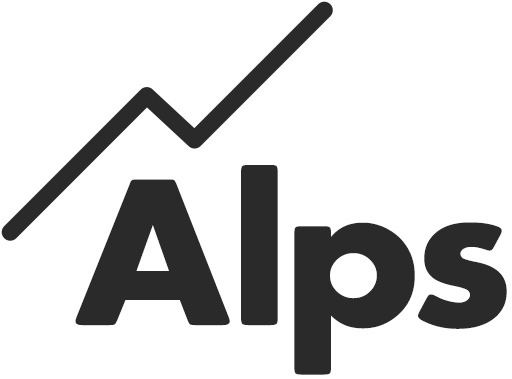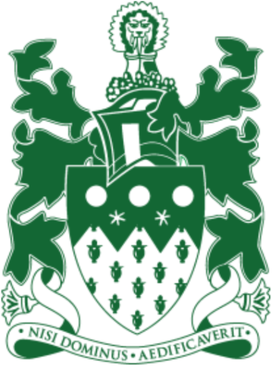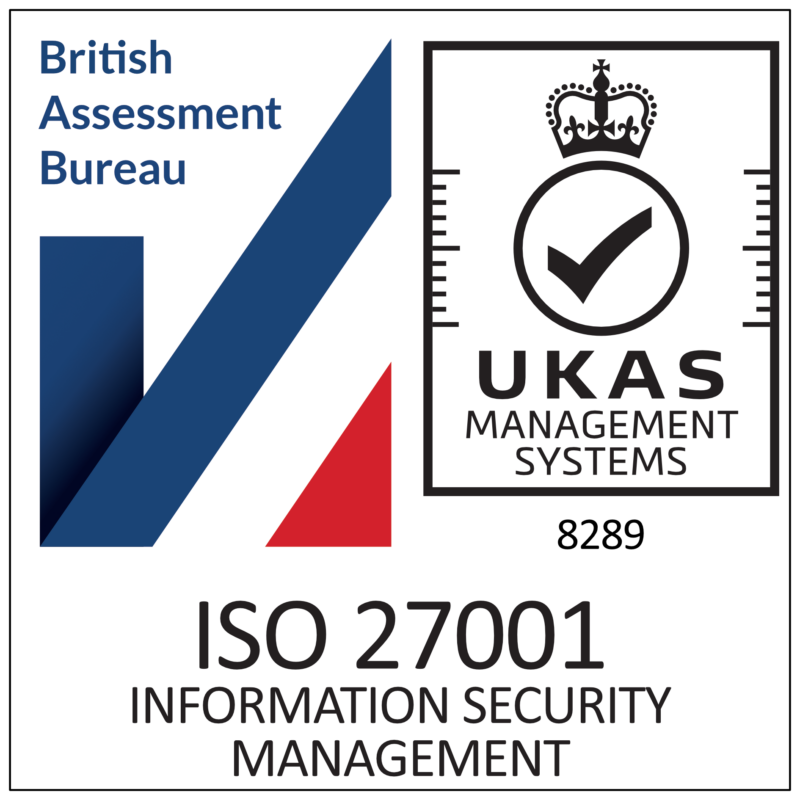Sustaining high achievement using Alps

By Paul Thompson, Deputy Headteacher, Rickmansworth School, Hertfordshire
Historical and School Context
In terms of ‘Alps’ as a measure of school performance, I am definitely a ‘remainer’! I remain convinced of its value in securing school improvement, having used and witnessed its impact at both my previous school and back in 2014 when I introduced it at my current school for A level and subsequently at GCSE.
Rickmansworth is an 11-19 co-educational comprehensive converter academy with approximately 1,300 students. It is part of the South West Herts consortium which operates a partially selective system; the school admits 25% of the Year 7 cohort on academic ability and a further 10% on musical aptitude. The percentage of students eligible for free school-meals is well below the national average. A traditional academic curriculum operates at Key Stage 4, commensurate with the academic and socio-economic profile of the students.
This case study outlines strategies used to sustain high achievement.
Transferring the Alps principles from A Level to GCSE
Setting targets equating to the top 25% achievement amongst one’s competitors is clearly a robust mechanism for securing improvement. We use a slightly adjusted version of this well-established model to set targets for all subjects & students. However, since GCSE performance is often the ultimate single benchmark to compare any type of secondary school, and following a disappointing 2016 school Progress 8 score, we decided to set a higher challenge for our GCSE targets. Core subjects had to set targets to Alps 2* (top 10%) and the rest had to be nearer Alps 2* than 3* (≤ 2.49*).
Need more information?
If you would like any further information, please contact one of our expert advisers.


